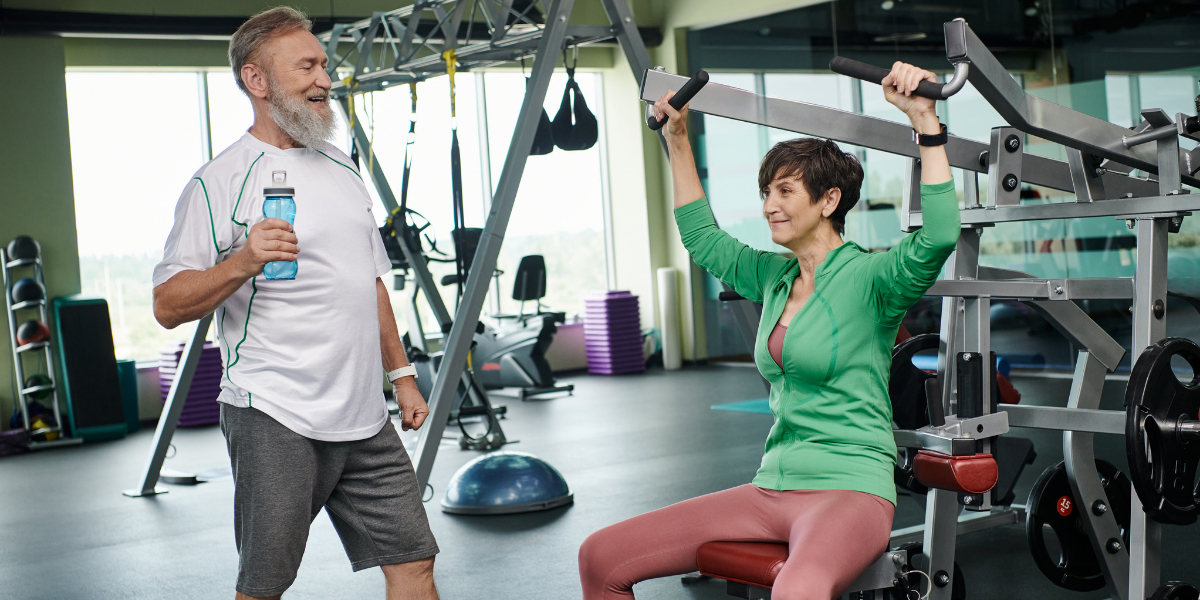Physical Exercise and Brain Health: Boosting Cognitive Function Through Movement
The Fundamentals of Physical Exercise and Brain Function
Physical exercise profoundly impacts brain health and cognitive function. Regular activity enhances neural processes, supports mental well-being, and promotes long-term brain health.
Role of Exercise in Brain Health
Exercise stimulates the production of brain-derived neurotrophic factor (BDNF), a protein crucial for neuron growth and survival. BDNF enhances synaptic plasticity, improving learning and memory capabilities.
Physical activity increases blood flow to the brain, delivering vital oxygen and nutrients. This circulation boost supports the growth of new blood vessels, enhancing overall brain function.
Regular exercise also reduces inflammation and oxidative stress in the brain. These factors contribute to improved cognitive performance and a lower risk of neurodegenerative diseases.
Types of Physical Activity and Their Cognitive Benefits
Aerobic exercises like running or cycling improve cardiovascular health and boost cognitive function. These activities enhance attention, processing speed, and executive function.
Strength training exercises support brain health by increasing muscle mass and reducing inflammation. They also improve memory and cognitive flexibility.
Yoga and tai chi combine physical movement with mindfulness, promoting relaxation and reducing stress. These practices enhance focus, memory, and emotional regulation.
Understanding Neuroplasticity and Exercise
Neuroplasticity refers to the brain’s ability to form new neural connections and adapt throughout life. Exercise plays a crucial role in promoting neuroplasticity.
Physical activity stimulates the growth of new neurons in the hippocampus, a region vital for learning and memory. This process, called neurogenesis, enhances cognitive function and mental health.
Exercise-induced neuroplasticity improves brain resilience, helping it adapt to new challenges and recover from injuries. Regular physical activity can even slow age-related cognitive decline.

Exercise Across the Lifespan for Cognitive Preservation
Regular physical activity supports brain health from childhood through old age. It offers protective effects against cognitive decline and may serve as an intervention for neurodegenerative conditions.
Impact on Aging and Cognitive Decline
Aging often brings changes in brain structure and function. Physical exercise can slow this process, particularly in the prefrontal cortex and hippocampus. Studies show older adults who exercise regularly have larger brain volumes than sedentary peers.
Regular aerobic activity improves executive function and spatial memory in seniors. It increases blood flow to the brain, promoting the growth of new neurons and synapses. This neuroplasticity helps maintain cognitive abilities as we age.
Exercise also reduces the risk of mild cognitive impairment and dementia. Adults who engage in moderate-intensity exercise 3-5 times per week show a 30-40% lower risk of developing Alzheimer’s disease.
Benefits for Developing Brains
Physical activity plays a crucial role in brain development during childhood and adolescence. Exercise increases brain-derived neurotrophic factor (BDNF), which supports neuron growth and survival.
Children who exercise regularly demonstrate improved attention spans and better academic performance. Physical activity enhances working memory and cognitive flexibility in young brains.
Team sports and complex motor activities promote social skills and problem-solving abilities. These benefits extend into adulthood, as early-life exercise habits correlate with better cognitive function later in life.
Exercise as Intervention in Neurodegenerative Diseases
Exercise can be a powerful intervention for individuals with neurodegenerative diseases. In Parkinson’s disease, regular physical activity improves motor symptoms and cognitive function.
Exercise programs for Alzheimer’s patients show promise in slowing cognitive decline. Even moderate activities like walking can enhance mood and reduce agitation in dementia patients.
Research indicates that exercise may delay the onset of symptoms in those genetically predisposed to neurodegenerative conditions. It promotes brain resilience, potentially offering a non-pharmacological approach to managing these diseases.

Health Implications and Physical Activity Guidelines
Regular exercise offers numerous benefits for physical and mental well-being. It is crucial in preventing chronic diseases, improving cognitive function, and enhancing overall quality of life.
Influence of Regular Exercise on Health Conditions
Physical activity significantly impacts various health conditions. Regular exercise reduces the risk of cardiovascular disease by improving blood pressure, cholesterol levels, and heart function. It helps prevent type 2 diabetes by enhancing insulin sensitivity and glucose metabolism.
Exercise also aids in weight management and reduces obesity risk. Studies show that active individuals have a lower likelihood of developing certain cancers, including colon and breast cancer.
For mental health, exercise proves beneficial in managing depression, anxiety, and stress. It stimulates the release of neurotransmitters like dopamine and serotonin, which improve mood and cognitive function.
Official Recommendations for Physical Activity
The World Health Organization recommends adults engage in at least 150-300 minutes of moderate-intensity aerobic activity or 75-150 minutes of vigorous-intensity aerobic activity per week. This includes brisk walking, swimming, cycling, and dancing.
Additionally, adults should perform muscle-strengthening activities involving major muscle groups at least twice a week. Balance and flexibility exercises are also recommended for older adults.
Children and adolescents need at least 60 minutes of moderate-to-vigorous physical activity daily. This should include aerobic activities and exercises that strengthen muscles and bones.
Overcoming Sedentary Lifestyles and Encouraging Movement
Modern lifestyles often lead to prolonged periods of sitting, which can negatively impact health. Simple strategies can help increase daily movement:
- Take regular breaks from sitting
- Use standing desks or treadmill desks
- Walk or cycle for short trips instead of driving
- Use stairs instead of elevators
Incorporating physical activity into daily routines can be effective. This might involve walking meetings, active commuting, or household chores that require movement.
Technology can help promote physical activity. Fitness trackers and smartphone apps can set reminders, track progress, and provide motivation. Joining group exercise classes or sports teams can also make physical activity more enjoyable and sustainable.











